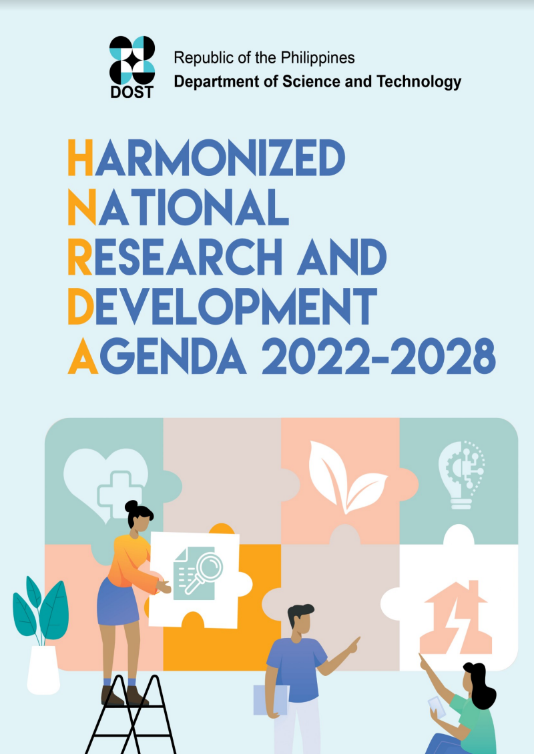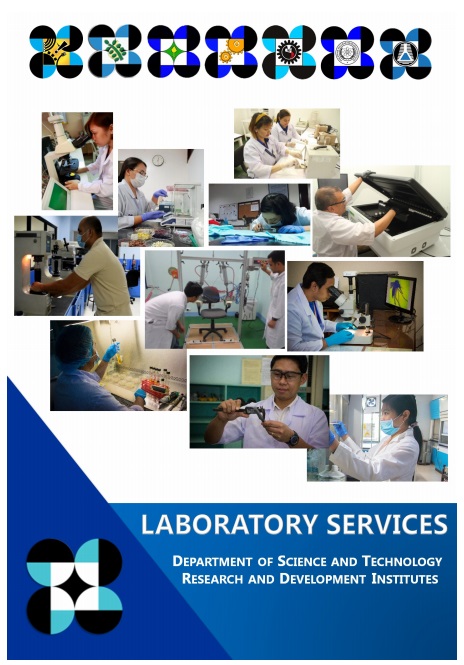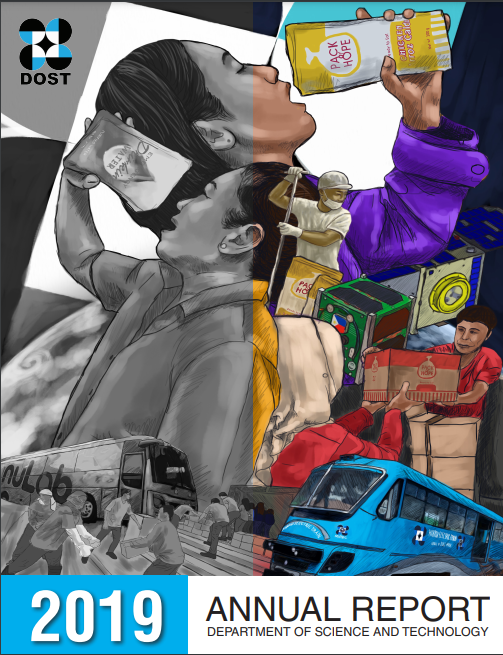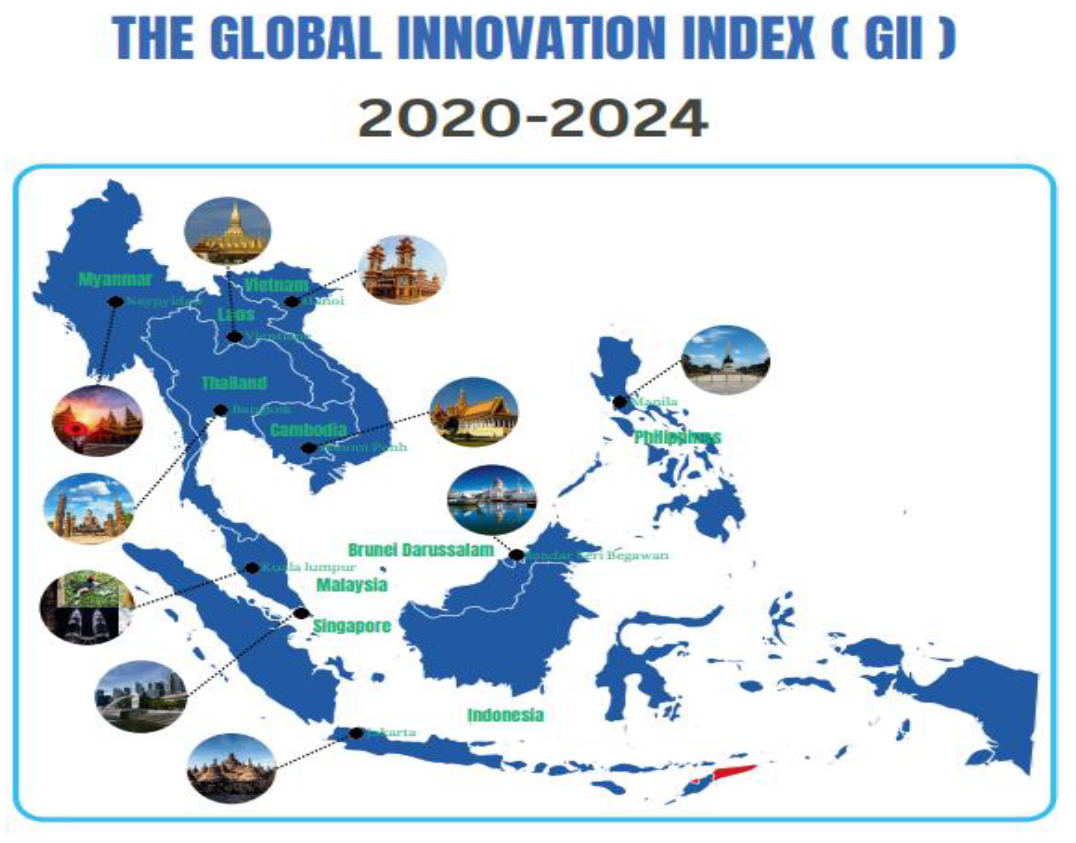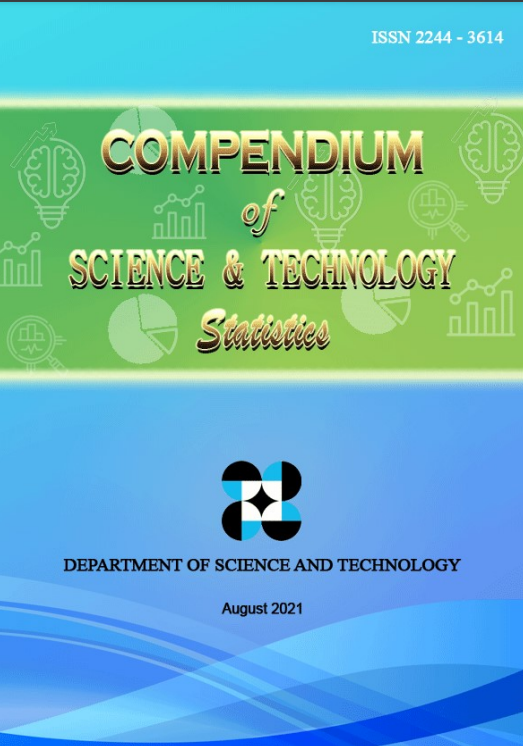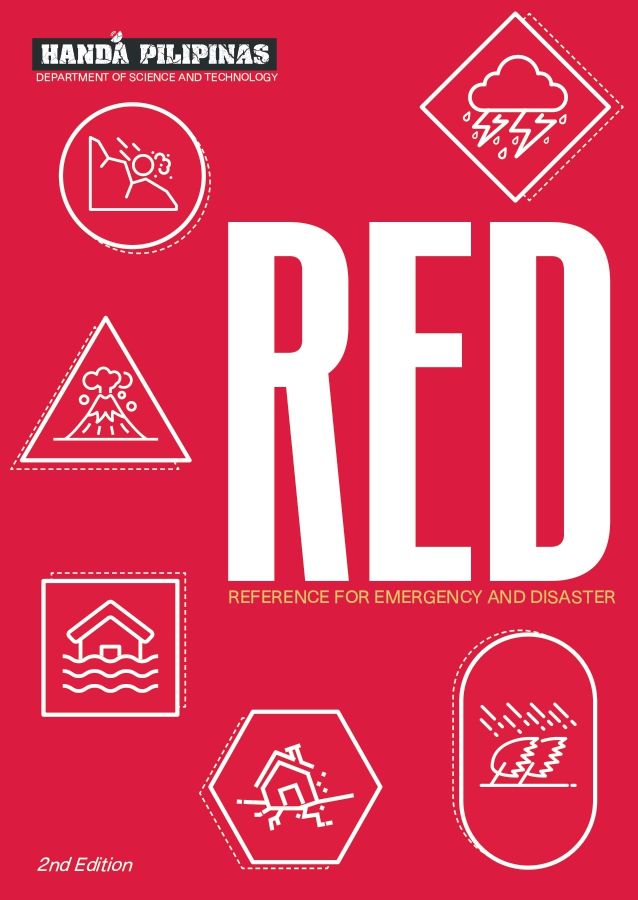Atomic Energy Week celebration features nuclear tech applications
- Details
- Hits: 5180
Nuclear science and technology applications in agriculture, medicine, industry and the environment will be featured in activities during the 38th Atomic Energy Week (AEW) celebration on December 6–10, 2010 at the Philippine Nuclear Research Institute (PNRI) - Department of Science and Technology.
PNRI Director Alumanda dela Rosa said that the theme for this year’s celebration is “Accelerating Socio-Economic Development through Nuclear Science and Technology. “
Representative Angelo Palmones, vice chairman of the Committee on Science and Technology of the House of Representatives, will be the keynote speaker at the opening ceremonies program on December 6. Meanwhile, International Atomic Energy Agency Director General Yukiya Amano will be the guest speaker at the closing ceremonies on December 10.
Activities slated for the 38th AEW celebration include the opening of exhibits on December 6, technical sessions for professionals and students on December 7, on-the-spot poster making and essay writing contests for high school students on December 8, and video showing and guided tours from December 6 to 10.
Added attractions in the weeklong celebration are mutant ornamental plants, irradiated beehives, and other products of nuclear science and technology applications.
Read more: Atomic Energy Week celebration features nuclear tech applications
FNRI-DOST launches SupeRice
- Details
- Hits: 5691

SupeRice is my prize. Food and Nutrition Research Institute (FNRI) Director Mario Capanzana (middle) congratulates school children who won packs of SupeRice in a mini-quiz show during the SupeRice launch Nov. 22 at San Felipe town of Zambales. SupeRice is one of the Department of Science and Technology’s answers to the problem of micronutrient malnutrition in the country. Spearheading the commercialization of SupeRice in San Felipe are Dr. Imelda Agdeppa, FNRI research team leader (leftmost); Mayor Carolina Pariñas (second from left); DOST provincial Director Bernadette Montevirgen (second from right); and local officials (in green). Superice, an iron-fortified rice developed by FNRI-DOST, contains 6 mg iron per 100 gram rice. About 4 to 6 cups of cooked Superice, approximately a day's intake, already meets the daily iron requirement of the body. (Framelia V. Anonas, S&T Media Service)
Criteria for DOST-wide Ignite the Mind Contests
- Details
- Hits: 14971
LANTERN PARADE
Theme – “Ignite the Mind: Visions of an S&T Christmas’
Visual impact (40%)
Faithfulness to the overall theme (20%)
Faithfulness to agency/office mandate (15%)
Creative use of local materials ( 15%)
Employee participation (10%)
1. Each agency shall have one official entry for the parade. However, an entry is not limited to one lantern alone. Two or more lanterns in the parade, including props, vehicles to mount the main lantern/s, and other related visual effects, will be allowed and even encouraged, and shall be judged as one whole.
2. On the other hand, parade participants will not be allowed to ride on parade vehicles unless they serve as human props for the lanterns; those caught riding will be asked to get off by parade marshals. Lanterns shall be placed/hanged at the designated area for viewing and judging.
3. The day before the actual parade, participating agencies are required to submit a brief description of their lantern entry so they can be properly cited when they reach the grandstand. The description should always include local materials used in the making of the lantern presentation. Lantern entries without their corresponding descriptions shall automatically be disqualified from the main prizes.
4. Prizes shall be awarded for 3rd, 2nd, and 1st overall with cash prizes of P10,000.00, P20,000.00, and P30,000.00, respectively. If budget allows, there will also be minor prizes for the following: most creative use of materials and most faithful to the overall theme.
5. The Board of Judges shall be composed of five members headed by the DOST Secretary.
BELEN (NATIVITY SCENE) CONTEST
Theme – “Ignite the Mind: Visions of an S&T Christmas”
Criteria
Visual impact (40%)
Faithfulness to the overall theme (20%)
Faithfulness to the agency/office mandate (15%)
Creative use of local materials ( 15%)
Employee participation (10%)
1. Each agency shall have one official entry for the contest.
2. The Belen (Nativity Scene) shall be placed at the lobby of the participating agency/office.
3. Local materials should be the main components of the Belen.
4. ‘Surprise’ judges will visit each participating office between 13 and 17 December 2010 and will interview any employee on the concept of the entry and his/her participation in the project.
5. Regional offices are encouraged to participate. They may send their entries in a video together with a brief description. Detailed video and photo documentation, from planning to actual mounting/construction, shall be submitted to the committee.
6. Participating agencies/offices are required to submit a brief description of their entry for proper citation. The description should always include local materials used in the making of the Belen. Entries without corresponding descriptions shall automatically be disqualified from the main prizes.
7. Prizes shall be awarded for 3rd, 2nd, and 1st overall with cash prizes of P10,000.00, P20,000.00, and P30,000.00, respectively. If budget allows, there will also be minor prizes for the following: most creative use of materials and most faithful to the overall theme.
8. The Board of Judges shall be composed of five members headed by the DOST Secretary.
DOST’S GUT TALENT CONTEST
DOST’s Gut Talent is a Novelty/Open competition for DOST agencies and offices clustered into the following: Bicutan East, Bicutan West, Quezon City, Los Baños, and Regional Offices.
The Contest may be any dance style or combination of dance styles, song and dance, performances with props, or any novelty presentation. Contestants will compete against a variety of other creative talents. Each performance shall not exceed 12 minutes including entrance and exit. The contest will be held on 20 December 2010 at the DOST Plaza during the ‘Ignite the Mind’ and Christmas Program activities.
Each group should be composed of not less than 20 performers. The group should have at least four (4) representative-participants from the different agency/office in a particular cluster.
Criteria:
Overall Performance (Gutsiness and ‘Wow’ factor) (30%)
Technique and Execution (30%)
Originality and Degree of Difficulty (20%)
Stage presence and Audience response (10%)
Agency/Office participation (10%)
PAGASA weathers superhowler typhoon
- Details
- Hits: 7402
Typhoon Juan was so strong that when it hit Palanan Bay, Isabela, last October 18, it packed sustained winds of 225 kilometers per hour.
And Pagasa was ready for it – and even more super howlers could be coming.
The typhoon season lasts until December and Juan was only the 10th of about 20 tropical depressions that batter the country each year.
The current La Nina weather could also spawn strong typhoons as it did with Typhoon Milenyo in 2006.
Typhoon Juan “was a test of fire,” said Science Secretary Mario Montejo. “We had the confidence based on competence and science.”
It was not by chance that Typhoon Juan was tracked meticulously, he said: “Before the typhoon formed in the Pacific, we were holding dry runs for such an event.”
“This time, we were frantic, badgering our field men for local data, and we had a sort of pass-your-paper, finish-or-not-finish deadlines,” Montejo said.
“We believe it's repeatable,” he said, referring to the more accurate and timely forecasting.
For the first time, the Philippine Atmospheric Geophysical and Astronomical Services Administration, an agency of the Department of Science and Technology, had hourly weather reports, tracking the storm, predicting where it'll hit “almost to the town” long before Juan made landfall, said Montejo.
“If it veered a bit, we knew exactly where,” he said.














